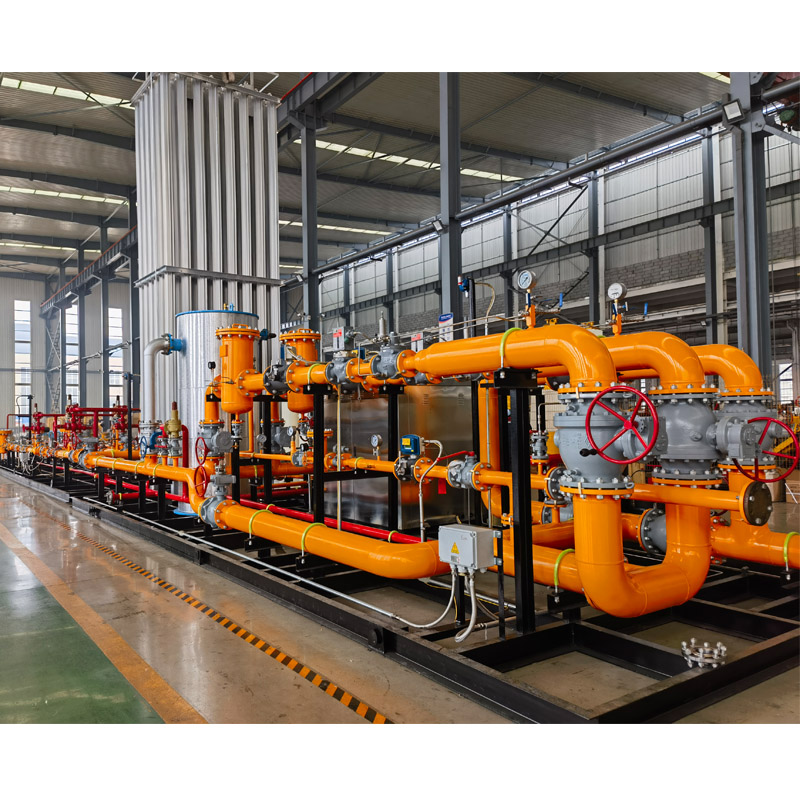
Nov . 19, 2024 14:09
Back to list
pneumatic valve
Understanding Pneumatic Valves Function, Types, and Applications
Pneumatic valves are essential components in the realm of fluid dynamics, particularly in systems that utilize compressed air for operation. These valves play a crucial role in controlling the flow, pressure, and direction of air in various industrial applications. In this article, we will explore the functionality, types, and applications of pneumatic valves, shedding light on their significance in modern engineering processes.
Functionality of Pneumatic Valves
Pneumatic valves manage the flow of compressed air through a network of tubing and machinery to actuate devices such as cylinders and motors. The primary functions of pneumatic valves include
1. Flow Control Pneumatic valves regulate the amount of air flowing through a system, ensuring that components receive the suitable pressure and volume required for optimal operation.
2. Direction Control These valves determine the direction in which the air flows, allowing for the movement of actuators in various configurations. For instance, in double-acting cylinders, the direction of the flow can dictate whether the cylinder extends or retracts.
3. Pressure Regulation Valves can also assist in maintaining desired pressure levels within a system, which is critical for the safety and efficiency of pneumatic operations.
4. Safety Many pneumatic valves are equipped with safety features that prevent excessive pressure build-up, protecting both the equipment and the operators.
Types of Pneumatic Valves
Pneumatic valves come in various types, each designed to perform specific functions and operate under different conditions. Below are some of the most common types
1. Directional Control Valves These valves control the path of compressed air in a pneumatic system and are often classified by the number of ports and positions they possess. For example, a 5/2 valve has five ports and two positions, allowing for the control of a double-acting cylinder.
2. Flow Control Valves Designed to regulate the speed of actuators, flow control valves adjust the airflow to ensure smooth and controlled operation. They can be adjusted manually or automatically.
pneumatic valve

3. Pressure Relief Valves These safety devices protect pneumatic systems from overpressure situations. They automatically release air when the pressure exceeds a predetermined level.
4. Check Valves Check valves allow air to flow in only one direction, preventing backflow that could damage components or lead to operational inefficiencies.
5. Solenoid Valves Utilizing electromagnetic coils, solenoid valves offer precise control over pneumatic systems. When energized, the coil activates the valve, allowing for quick and reliable operation.
Applications of Pneumatic Valves
The applications of pneumatic valves span a wide range of industries, emphasizing their versatility and importance. Key areas of use include
1. Manufacturing Many automated systems in manufacturing employ pneumatic valves to control the operation of machinery, from assembly lines to robotic arms. Their capability to function quickly and reliably makes them invaluable in high-speed production environments.
2. Food and Beverage In the food and beverage industry, pneumatic valves are used for packaging and processing applications. They ensure the precise control of air pressure, which is essential for maintaining product quality while adhering to strict hygiene standards.
3. Automotive In the automotive sector, pneumatic valves play a critical role in airbag systems, paint spraying, and tire inflation systems. The need for rapid response and reliability in these applications underscores the importance of effective pneumatic controls.
4. Mining and Construction Equipment used in these harsh environments often relies on pneumatic valves for operation. They are used in drills, excavators, and other heavy machinery, facilitating the efficient transfer of energy through compressed air.
5. Medical Equipment Pneumatic valves are also integrated into medical devices such as ventilators, ensuring patient safety and control over airflow during treatments.
Conclusion
Pneumatic valves are pivotal in controlling and regulating compressed air in various applications across multiple industries. Their ability to manage flow, direction, and pressure underscores their significance in modern technology. As industries continue to innovate, the role of pneumatic valves will only expand, highlighting the need for further advancements in this critical component of fluid dynamics. Understanding the intricacies of pneumatic valves aids engineers and technicians in designing efficient and reliable systems, ensuring the continuous growth and development of pneumatic technology.
Next:
Latest news
-
Safety Valve Spring-Loaded Design Overpressure ProtectionNewsJul.25,2025
-
Precision Voltage Regulator AC5 Accuracy Grade PerformanceNewsJul.25,2025
-
Natural Gas Pressure Regulating Skid Industrial Pipeline ApplicationsNewsJul.25,2025
-
Natural Gas Filter Stainless Steel Mesh Element DesignNewsJul.25,2025
-
Gas Pressure Regulator Valve Direct-Acting Spring-Loaded DesignNewsJul.25,2025
-
Decompression Equipment Multi-Stage Heat Exchange System DesignNewsJul.25,2025

